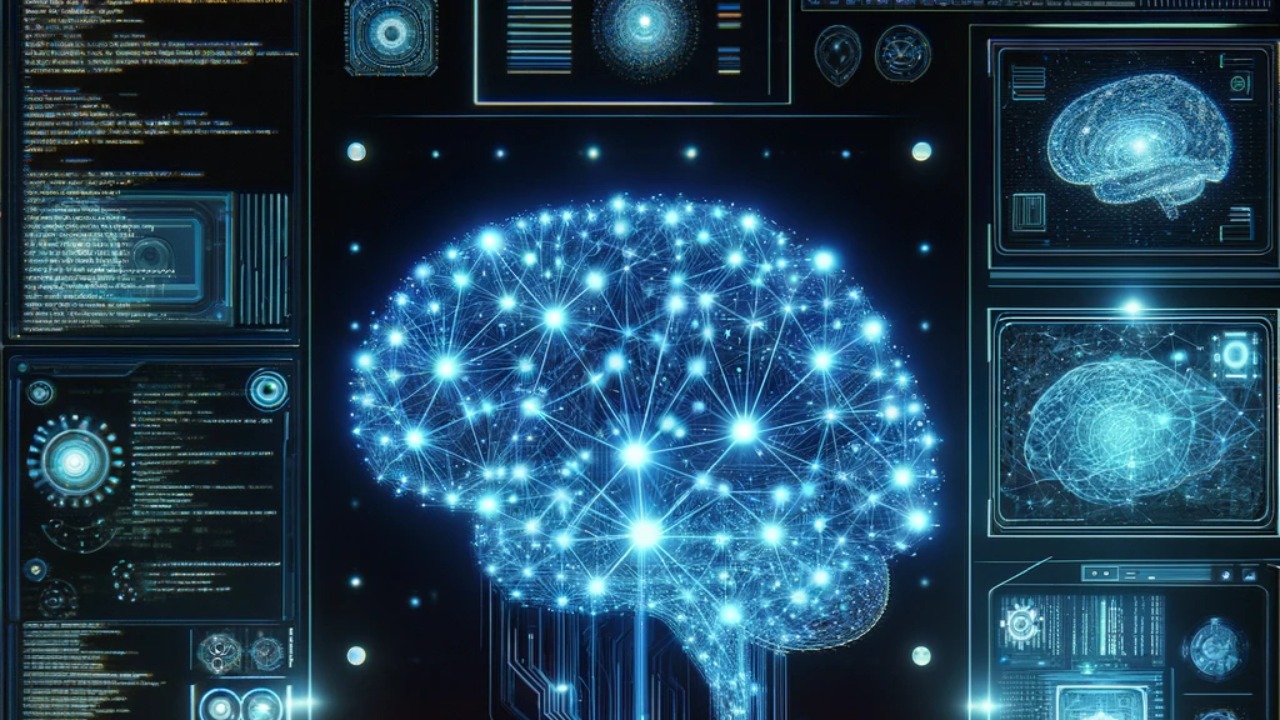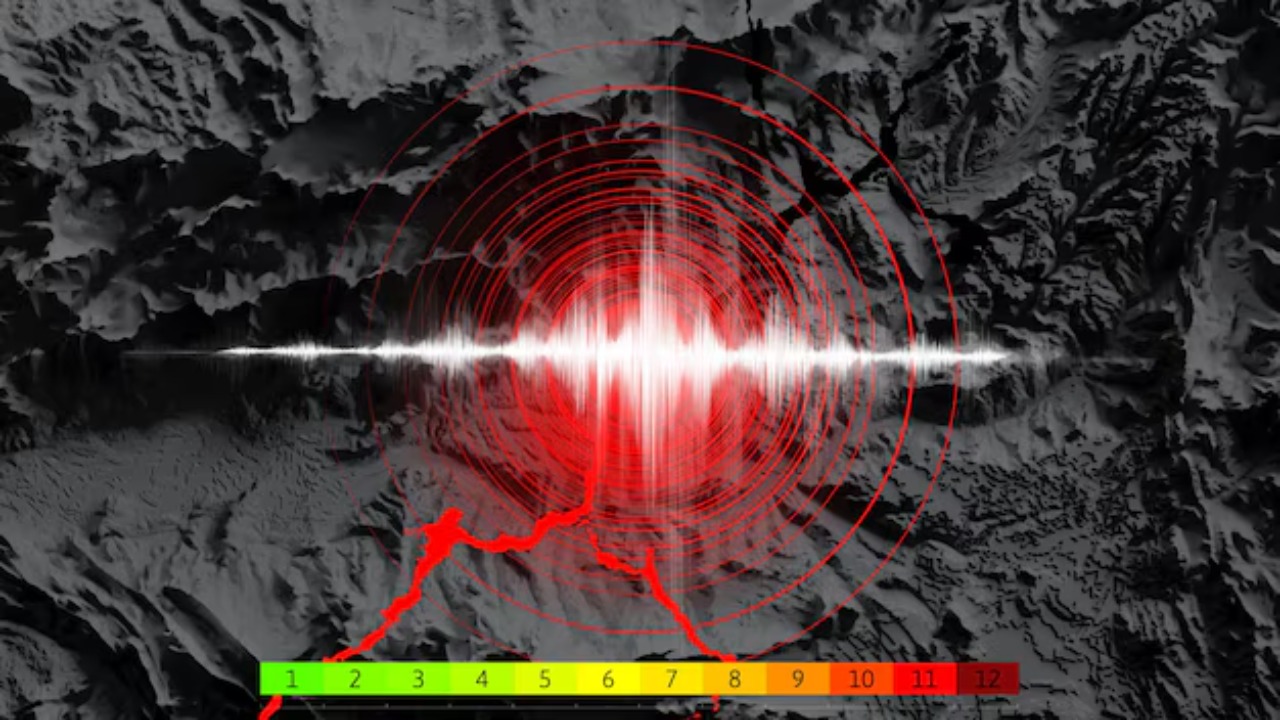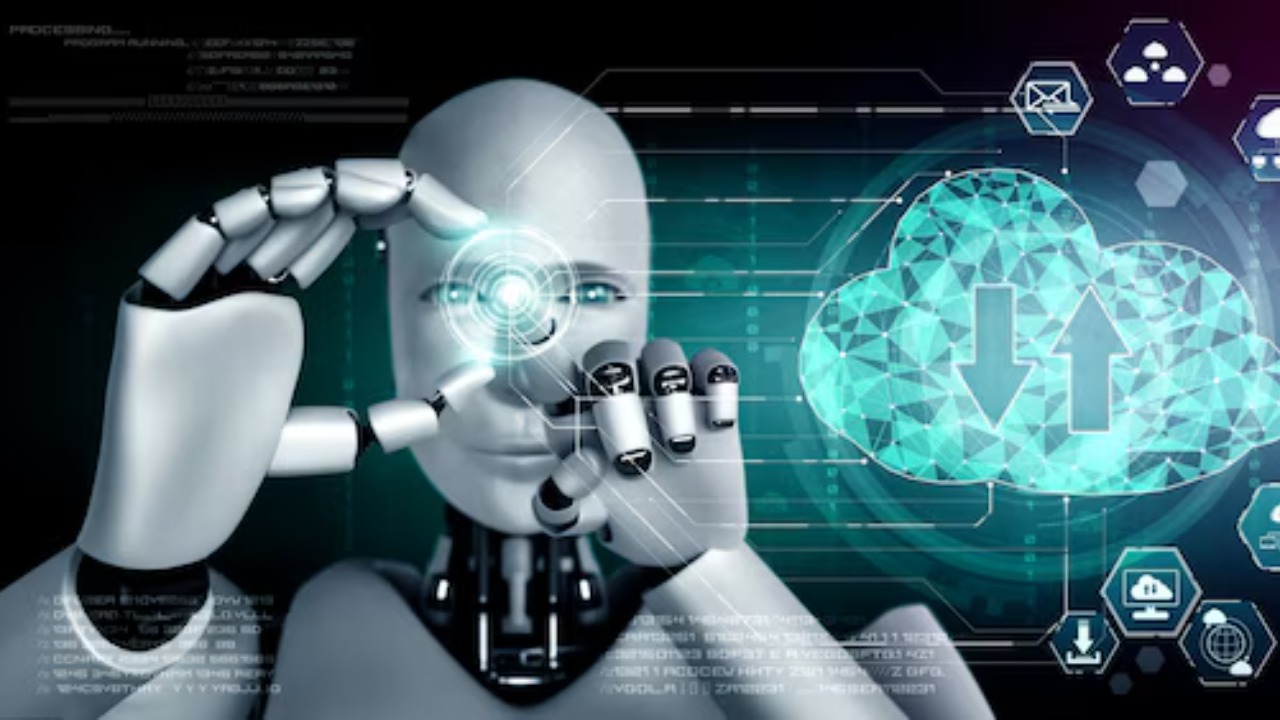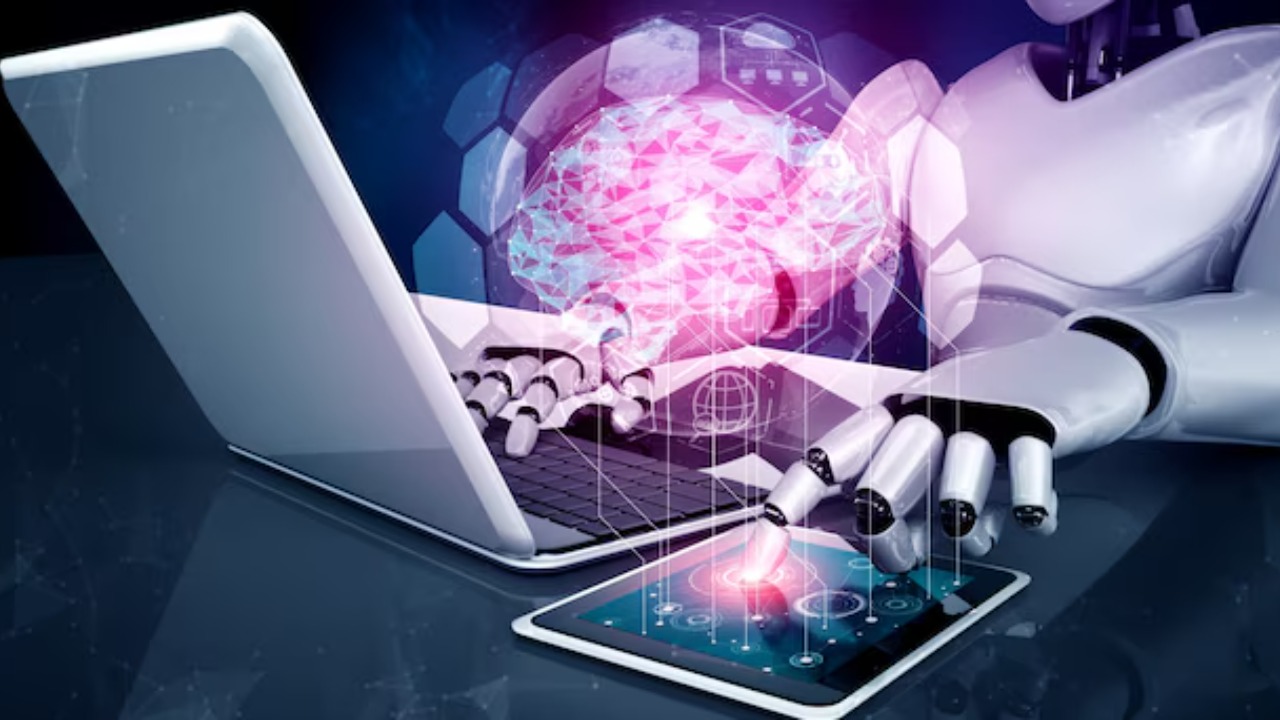
In recent years, artificial intelligence has revolutionized how we approach natural disaster prediction, with groundbreaking models now capable of forecasting events years in advance. This advancement promises to transform disaster preparedness and response, potentially saving countless lives and minimizing economic impact. The cutting-edge technology behind these predictive models and their implications for the future is truly remarkable.
The Evolution of AI in Disaster Prediction

Historically, natural disaster prediction relied heavily on traditional meteorological tools and methods, often limited by the data available and the complexity of environmental systems. However, the emergence of artificial intelligence has marked a significant turning point in this field. The evolution began with the integration of basic computational models, gradually advancing to sophisticated AI systems capable of analyzing vast datasets and identifying patterns beyond human capability.
Key technological developments have played a crucial role in this evolution. Innovations in machine learning and neural networks have been particularly impactful, allowing AI to process and learn from extensive datasets quickly. These advancements have enabled the creation of predictive models that can forecast natural disasters with increasing accuracy and lead time, offering a glimpse into the future of disaster management.
How AI Models Predict Natural Disasters

AI models rely on comprehensive data collection and analysis to predict natural disasters. These models utilize a variety of data sources, including satellite imagery, environmental sensors, and historical weather patterns. By integrating diverse datasets, AI systems can generate detailed simulations of potential disaster scenarios, offering insights into both the timing and severity of events. This ability to process and analyze large volumes of data is a cornerstone of AI’s predictive power.
Complex algorithms and machine learning techniques are at the heart of AI disaster prediction models. These algorithms learn from past data to identify patterns and correlations that may indicate an impending disaster. For instance, AI models can detect subtle changes in atmospheric conditions that precede hurricanes or identify seismic activities that could lead to earthquakes. By continuously refining their predictions, these models enhance the accuracy and reliability of long-term forecasts, providing valuable tools for mitigating the impact of natural disasters.
Case Studies: Successful AI Predictions

One notable example of successful AI prediction is the Google AI Hurricane Model. This model has significantly improved the accuracy of hurricane forecasts by analyzing vast amounts of meteorological data and generating precise predictions. The enhanced accuracy has allowed for more effective mitigation strategies, minimizing the economic and human impact of hurricanes.
Another promising development is the research conducted by Georgia Southern University on earthquake prediction. Researchers have utilized AI to identify patterns in seismic data that precede earthquakes, achieving remarkable success in predicting these events. Such advancements highlight the potential of AI to revolutionize disaster preparedness and response.
Benefits of Long-term Disaster Prediction

Accurate long-term disaster predictions offer numerous benefits, particularly in terms of enhanced preparedness. By anticipating disasters years in advance, communities can improve infrastructure planning, develop effective emergency response strategies, and increase public awareness. This proactive approach ensures that societies are better equipped to handle the challenges posed by natural disasters.
The economic and social impact of effective disaster prediction cannot be overstated. Early predictions allow for more efficient allocation of resources, reducing the financial burden on governments and communities. Moreover, minimizing the disruption caused by natural disasters fosters social stability and resilience, enabling communities to recover more quickly and effectively.
Challenges and Ethical Considerations

Despite the promising advancements in AI disaster prediction, several challenges and ethical considerations must be addressed. One major concern is data privacy and security. The collection and use of sensitive data in AI models raise questions about the protection of personal information and the potential for misuse. Ensuring robust data security measures is essential to maintain public trust in these technologies.
Ethical implications also come into play, particularly regarding potential biases in AI models and the responsibility of sharing predictions with the public. Transparency in AI systems and accountability for the decisions made based on their predictions are crucial to addressing these concerns. These ethical considerations highlight the need for responsible development and deployment of AI technologies in disaster management.
The Future of AI in Disaster Management

The future of AI in disaster management is poised for further advancements, with emerging technologies and innovations on the horizon. Continued research and development are expected to enhance the predictive capabilities of AI systems, enabling even more precise and timely forecasts. The integration of AI with other technologies, such as the Internet of Things (IoT), could further revolutionize disaster prediction and response.
Collaborative efforts are essential in maximizing the potential of AI for global disaster management. International cooperation and shared resources can facilitate the exchange of knowledge and expertise, ensuring that the benefits of AI technologies are realized worldwide. By working together, countries can harness the power of AI to tackle the challenges posed by natural disasters, creating a safer and more resilient future for all.